Loch Ness Monster: 'Plausible theory' for Nessie
- Published
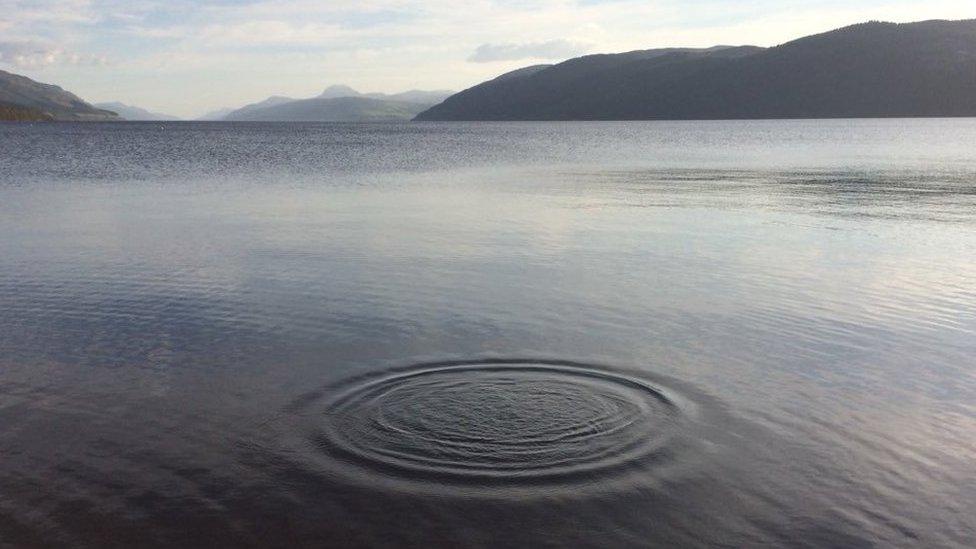
Scientists have investigated what lies beneath the surface of Loch Ness
An international team of scientists say they have identified a plausible theory for sightings of the Loch Ness Monster.
The team took 250 water samples at various depths throughout the loch last year, collecting all forms of environmental DNA for further analysis.
While they did not come face to face with Nessie, the scientists say they have a biological explanation for her.
The team will announce the results of their studies next month.
New Zealand's University of Otago has led the work aimed at cataloguing all current life in Loch Ness, including plants, insects, fish and mammals.
The DNA from the water samples was extracted and sequenced, resulting in about 500 million sequences that have now been analysed against existing databases.
Geneticist Prof Neil Gemmell said: "There have been over a thousand reported sightings of something in Loch Ness which have driven this notion of a monster being in the water.
"From those sightings there are around four main explanations about what has been seen.
"Our research essentially discounts most of those theories, however, one theory remains plausible."
This theory along with the full results of the investigation will be revealed at an event in Drumnadrochit.
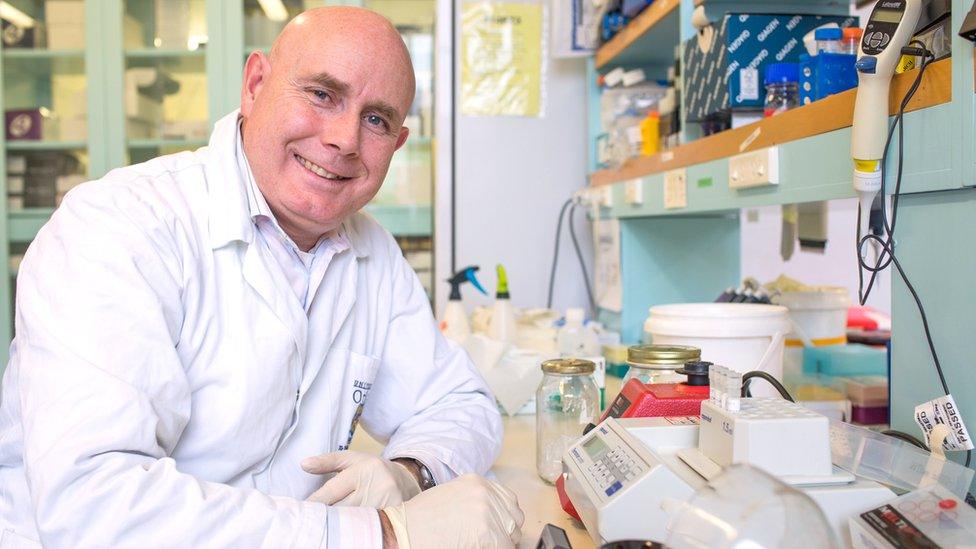
Prof Neil Gemmell has led the scientific investigation
The Loch Ness Monster is one of Scotland's oldest and most enduring myths. It inspires books, TV shows and films, and sustains a major tourism industry around its home.
The story of the monster can be traced back 1,500 years when Irish missionary St Columba is said to have encountered a beast in the River Ness in 565AD.
Later, in the 1930s, The Inverness Courier reported the first modern sighting of Nessie.
In 1933, the newspaper's Fort Augustus correspondent, Alec Campbell, reported a sighting by Aldie Mackay of what she believed to be Nessie.
Mr Campbell's report described a whale-like creature and the loch's water "cascading and churning".
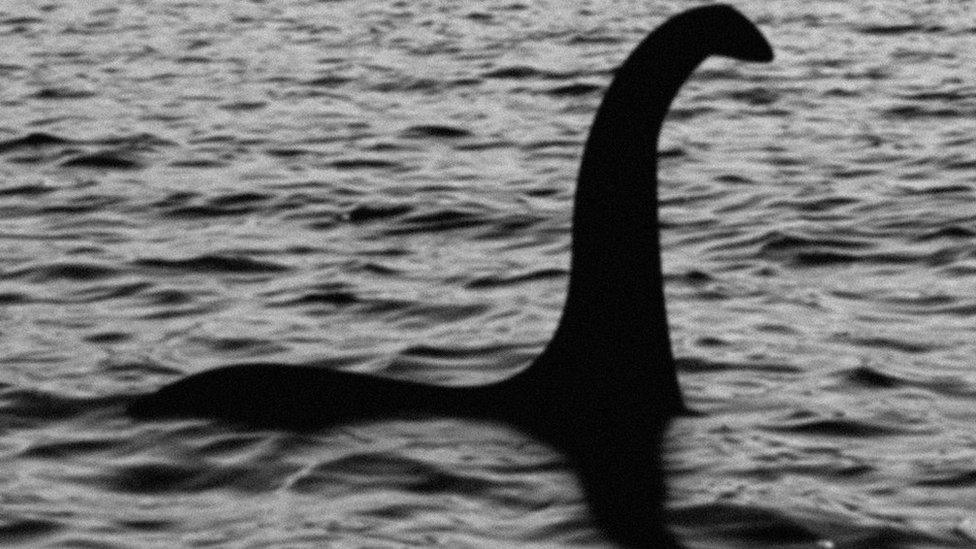
There have been many stories of a monster in Loch Ness
The editor at the time, Evan Barron, suggested the beast be described as a "monster", kick starting the modern myth of the Loch Ness Monster.
Gary Campbell, keeper of a register of Nessie sightings, receives, on average, 10 reports a year of something unexplained being spotted in the loch's waters.
Given that more than 400,000 people visit Loch Ness every year, Mr Campbell said seeing something was "pretty rare".
But he has long believed that eventually science will reveal a cause for the sightings.
- Published22 July 2019
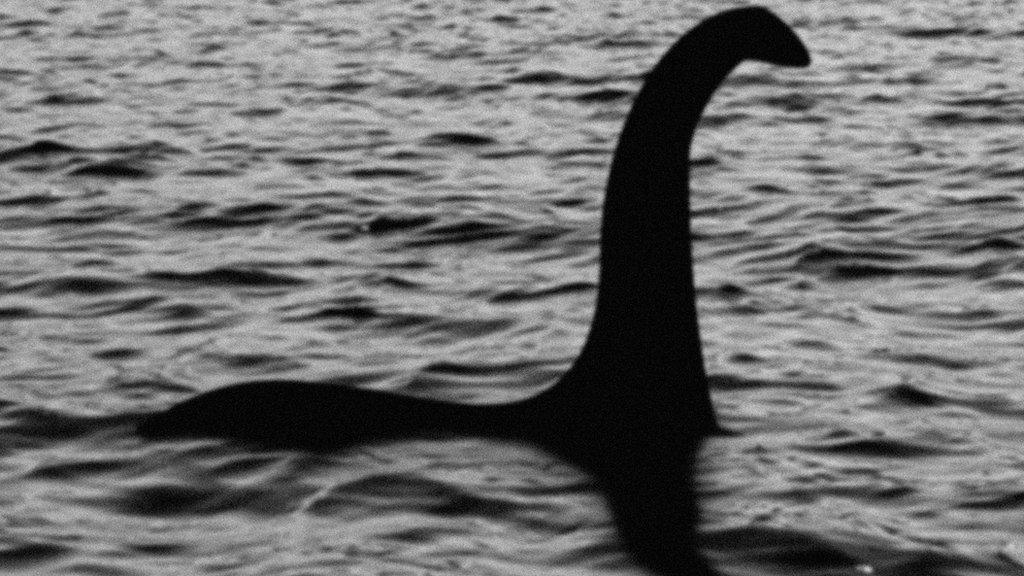
- Published27 June 2018
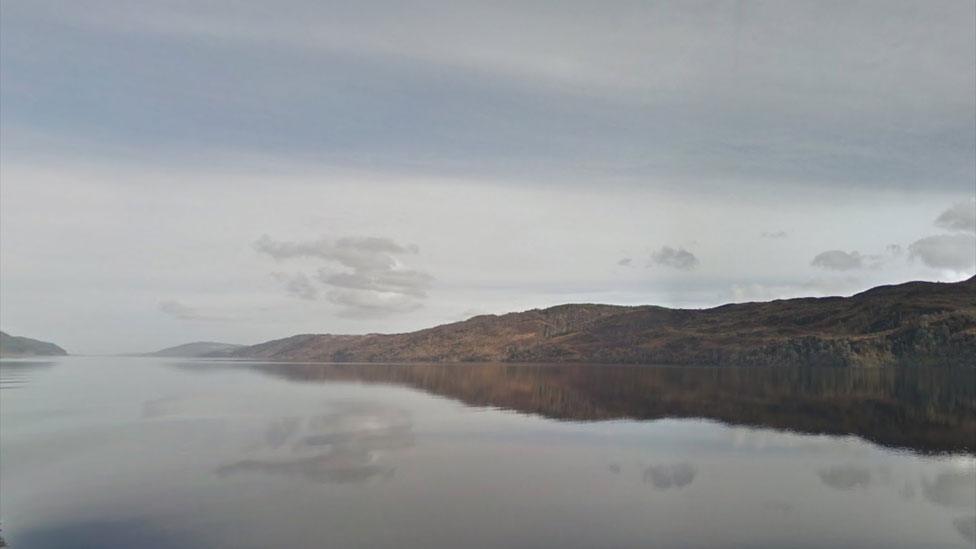
- Published6 July 2018

- Published7 June 2018
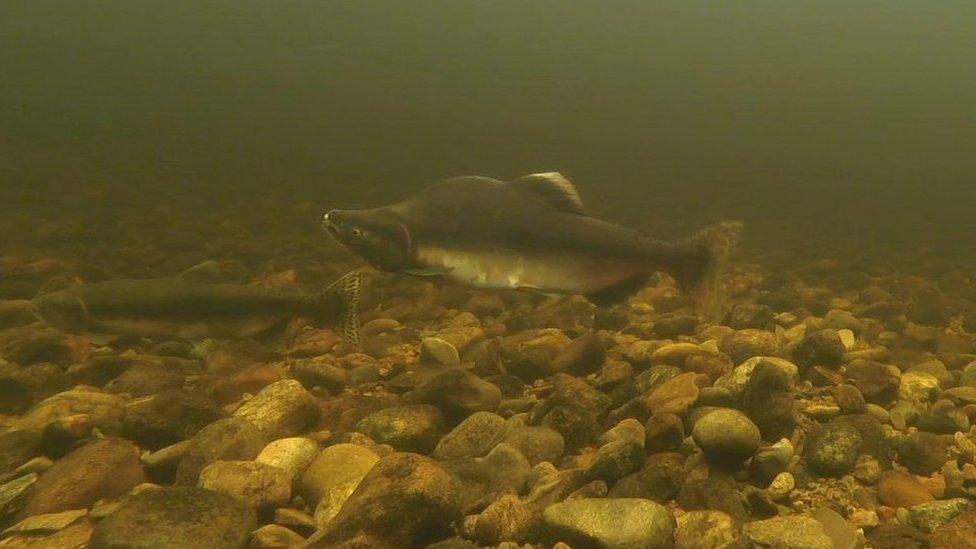
- Published23 May 2018
